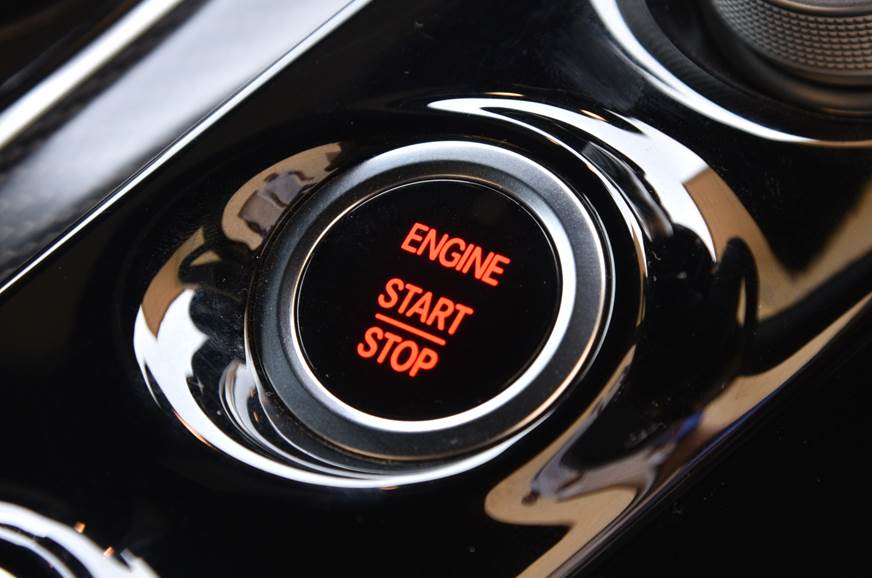How to maintain your car during the lockdown

During the course of these 21 days, don’t forget that it’s not just you who’ll be practicing social distancing. In all probability, even your vehicle will lie idle. To ensure that it remains in a good working condition and stays free of niggles, it is essential to keep in mind a few key things. Here are the top tips to maintain your ride during the prolonged lockdown:
Preserve the battery
Even the most novice of car owners will know that the battery gets depleted even when the vehicle is not in use. To prevent it from getting discharged, start your vehicle every two-three days and keep it running for at least 10-15 minutes, which will allow the alternator to replenish the juice. If that isn’t possible, and the vehicle is likely to remain idle for a month or longer, then automakers suggest disconnecting the battery from the negative terminal to prevent discharge. Following this advice will save a lot of trouble and help avoid the need to jumpstart your ride when you can eventually get back into the driver’s seat.Keep the vehicle running
In essence, vehicles are machines and machines perform their best when they are kept running. While 21 days might not seem like a period long enough, the possibility of restricted movement further beyond should certainly be a cause for concern. So, start your vehicle every few days, as recommended earlier. And do remember to operate all the systems, including the air conditioner. This will not only help to keep them in good shape but will also allow you to diagnose any faults and niggles well in advance of actually being able to hit the roads.If circumstances permit, take your vehicle out for a short spin inside the bounds of your society or colony. And if that doesn’t prove to be feasible, move your car forwards and backwards to keep it from remaining stationary for too long. This will help prevent flat spots on the tyres.
Avoid engaging the handbrake
While leading automakers advise to have the handbrake engaged when parked, the same can jam the rear brakes over a long period of time. So, simply park the car in gear instead. OEMs recommend leaving the vehicle in reverse gear if parked on a downhill gradient and in the first gear if parked on an uphill gradient. And on an offshoot that the shift lever pops out of gear (in case of a manual transmission), do remember to place chocks at the wheels for preventing the vehicle from rolling over.Clean the cabin
Your vehicle is likely to miss proper ventilation in the cabin for most of the three weeks, hence it would be a good idea to remove leftover knick-knacks and food wrappers to prevent any foul odours from developing. Thoroughly dust off and vacuum clean the interiors, paying close attention to the muddy bits like the carpets and floor mats. And if you plan on following up the advice of regularly starting the car, do wash your hands before and after to avoid contaminating the vehicle’s interior with possible COVID-19 contagions that you may have picked up somewhere else. And to err on the side of caution, try to disinfect the cabin as well.Protect the exterior
It is always a good idea to park your ride in a shaded area to prevent damage from prolonged exposure to direct sunlight. Though a private parking spot or a garage would be the best choice, using a car cover would also be a decent alternative.Wash your car regularly as the accumulation of dirt, bugs and bird droppings for a long time could damage the paint. A simple car shampoo, a bucket of water and a microfiber cloth could do the trick. And if you’re one of those who enjoys some hands-on time with the car, waxing and polishing could be a worthwhile move as well.

No comments
please do not enter any spam link in the comment box